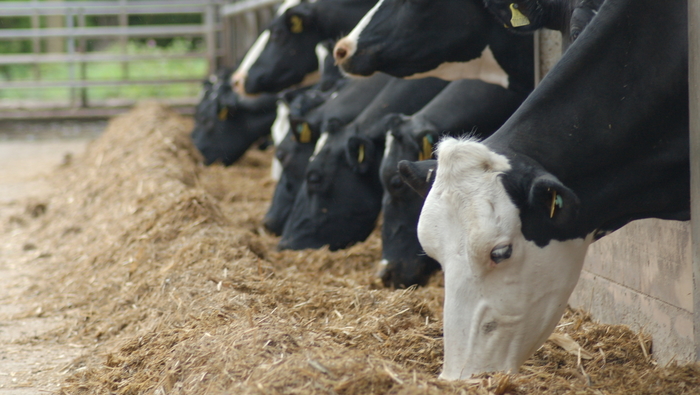This year’s grass and wholecrop silages generally have the potential to support good intakes and levels of production but will require regular analysis and careful supplementation if the full benefits are to be realised according to Trouw Nutrition GB.
Announcing the results from the UK’s largest dataset of silage analyses, Dr Liz Homer says the Trouw Nutrition laboratory is the biggest silage testing facility in the UK, operating to strict quality control protocols and with regular proficiency testing of technicians.
“Grass silage results reflect the weather patterns experienced this year,” she explains. “Farmers who managed to get on early and had little disruption from weather by timing it right through good planning and a bit of luck had excellent first cuts. Later first cuts have slightly higher NDF and lignin but lower CP and are generally drier crops. “Although the averages don’t look too different, quality is much more variable in later first cuts.”
On average first cut silages this year are well fermented with a dry matter close to the optimum at 36.5%. Headline numbers for feed value are good at 11.3MJ/kgDM, with low NDF but silages are generally low in crude protein, averaging 14.3%.
She says second cuts also have the potential to feed well although both NDF and lignin are generally higher. To date a relatively small number of third cuts have been analysed, presumably of those who were able to take an early first cut, but again the headline analysis is encouraging.
For wholecrop, she says that dry matter is similar to previous years. While ME levels are typical for wholecrops, the starch content in these early crops is slightly lower which will affect how they will feed.
Dr Homer stresses that care will be needed when formulating diets this winter if the most value is to be realised from silages. She urges farmers to make sure the analysis being used reflects the silage currently being fed and advises regular analysis.
“Silage quality can change significantly as you move through a clamp affected by such things as the type of sward cut, the weather on the day it was harvested and how well it was consolidated so we would advise having an analysis at least monthly. With results available typically on the same day that the sample is received at the lab, diets can be quickly checked and fine tuned as required.
“It is then important to make sure that diets are calculated on the most accurate parameters. Most analyses don’t go much further than metabolisable energy (ME) and crude protein but do not indicate how a feed will perform in the rumen and the type of supplementary feeds which will be required to best balance the diet.”
Dr Homer explains that cows do not produce milk from silage, but from the products of digestion when feeds are fermented in the rumen or pass through to the gastro-intestinal tract. New parameters are now available describing how feeds will perform when eaten, what the rumen bugs require and also how much bypass energy and protein is needed to balance the overall diet.
“Unless the rumen is balanced in nutrient terms, but also in terms of rate of fermentation cows will not perform as expected,” she continues. “Basing diets on a regular analysis which includes the details to understand exactly how silages will perform in the diet it will be possible to formulate rations for more cost-effective performance,” Dr Homer advises.


